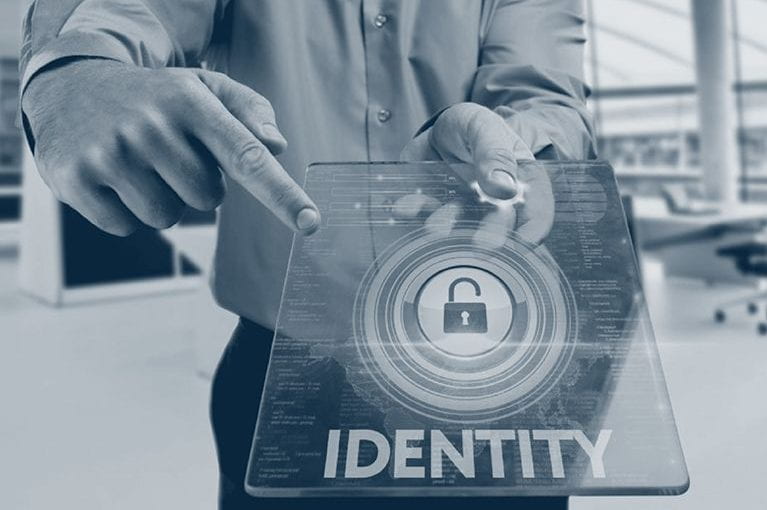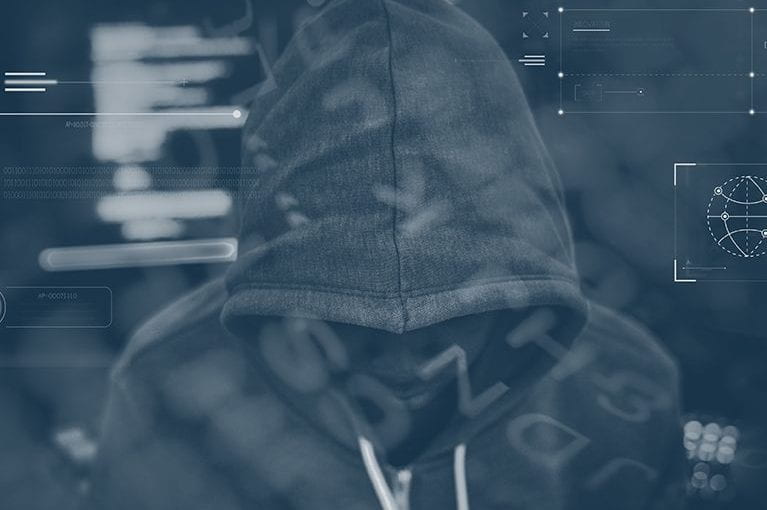Digital transformation is the process of using digital technologies to create new business processes and customer interactions in order to fulfill or change current trends in the changing market. Every era brings its own buzzword when it comes to companies. It was social media toward the beginning of this century. And now, the digital transformation is here.

It is also an aggregation of cultural change that expects enterprises to experiment regularly and not be demotivated when new practices are implemented and not publicly embraced.
You may begin by outlining the issue statement, possibilities, and objectives of your organization. That revolves around, in most cases:
- Making use of emerging technology
- Lowering friction
- Increasing profitability
- Enhancing the experience of customers
- Elevation of the profitability scope
Why is Digital Transformation Crucial for Enterprises
For many reasons, organizations may idealize digital transformation. Yet survival has got to be the most sensible explanation. The business world is evolving. Organizations are able to explore, welcome, and adapt to emerging technology.
What the Digital Transformation Structure will look like in 2021
Speaking of the positive, 63 percent of respondents to the McKinsey survey were positive that nations will pick up steam after the 2020 setback and do better six months from now.
The global outlook, meanwhile, has bounced back as well.
- The buzzword would be digital nationalism.
- There will be futuristic workspaces that rule.
- Tech debt is being channelized.
- A paradigm change will be observed by digital labor.
In the response of businesses to the current crisis, digital transformation will be a strong lever.
- Understand the channel: In particular, understand which intermediary sites affect buying and how customers move between channels.
- Set expectations: This includes monthly goals for both direct sales and indirect sales.
- Identify and prioritize target prospects: It is necessary to target the correct demographics or personas. And for your business, digital media makes micro-targeting possible.
- Leverage the use of channels: Describe the benefits of using different digital platforms.
- Highlight the differences, generate proposals: the differences between online sites and other networks are involved.
Trends to Look Out for Digital Transformation in 2021
New trends have been introduced by the uncertain course of the global pandemic. Businesses and IT executives should be wary of what is in the making. The forthcoming new normal in 2021 will take over the following main developments in digital transformation.
- Financial competence would be improved by automation.
- Customer Data Platforms explosion (CDP).
- AI Utilization.
- Quantum computing is going to go mainstream.
- The pandemic would outlast Work From Home.
- It will gain traction with cybersecurity.
How do you calculate ROI on digital transformation?
How are you starting? Just easy. By making a good argument for saving. You can create a realistic ROI model for your company using the following steps below.
- Narrow down the digital transformation targets
- Defining cost centers
- Allocate all customer indicators with a figure
- Set practical goals and timelines
What Drives Digital Transformation
To deliver better experiences and win big, businesses need to consider who these new kinds of digital consumers are. You have to reconsider new ways of engaging with your customers.
Right now, organizations are increasingly integrating the innovative use of data for their transformation activities, whether through analytics, IoT, or machine learning, etc.
A mix of plan, roadmap, priorities, stakeholders, and all the criteria required to succeed is digital transformation. So, with the COVID-19 pandemic, did the dynamics change? You’re just about to find out.
See more: What is Digital Transformation



